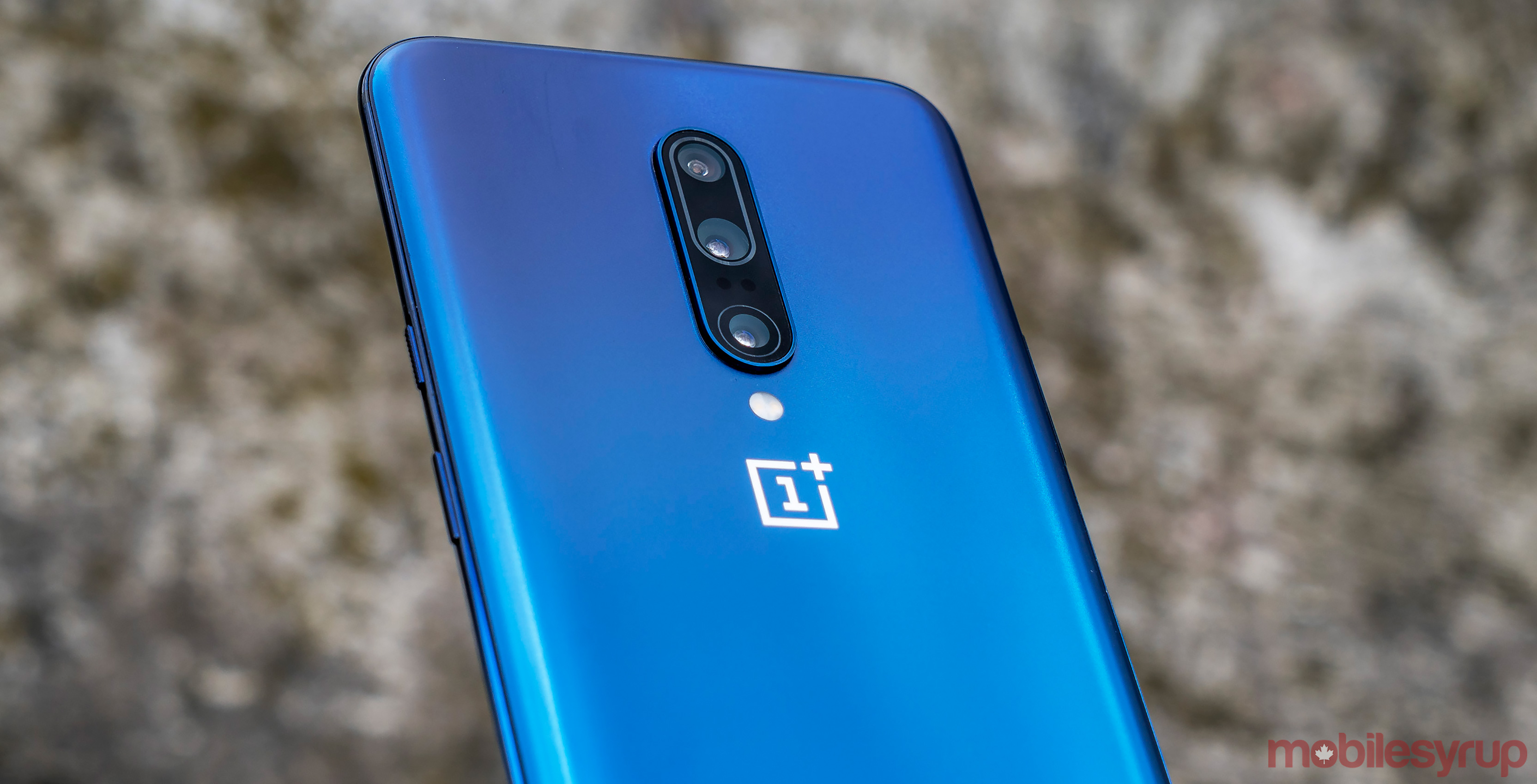


With a dual-bandpass narrowband filter in the imaging train, this supernova remnant is can be fully appreciated. If you’ve ever tried to photograph this nebula using a broadband filter, you’ll know how the stars in the field can easily take over the image. The following photo of the Eastern Veil Nebula highlights the superb results Kai was able to achieve using the Optolong L-eXtreme filter and his modified DSLR camera. Kai mentioned the superb autoguiding performance achieved using the ZWO ASIair and ASI120 MC on this setup. My Sky-Watcher HEQ5 has been used almost exclusively with compact apochromatic refractors at short focal lengths. I find it useful to see this particular mount being used so well with a Newtonian reflector on top. After nearly 7 years, my HEQ5 continues to reward me with amazing astrophotography images night after night. I can personally attest to the ridiculously reliable performance of the Sky-Watcher HEQ5 mount. What does Kai love most about this deep-space imaging rig? The Sky-Watcher HEQ-5 GoTo Equatorial Mount, which is able to accurately track the apparent motion of the night sky with over 9 kg’s of weight riding on top. The M13 Globular Cluster by Kai Westhöfer using the setup featured below. This image not only highlights the contrasting warm and cool stars surrounding the cluster, but reveals faint galaxies NGC 62. Kai collected over 23 hours of total exposure time with the Sky-Watcher Newtonian. The following image of the M13 globular clusterin Hercules is a fantastic example of what this setup is capable of. You’ll also notice a small guide scope and camera system mounted in the finder scope position of this setup. This setup also features an astro-modified Canon EOS 6D full-frame DSLR camera to photograph nebulae and galaxies in the night sky. This compact wifi device controls the imaging sequence and handles the autoguiding. This telescope rides on a Sky-Watcher HEQ5 GoTo equatorial telescope mount, with camera control via the ZWO ASIair. A well-collimated reflector will reward you with impressive light-gathering ability, and record beautiful star diffraction spikes that make even the biggest refractor telescope fans jealous. Kai uses a 6″ Sky-Watcher Newtonian reflector to capture images of deep-space objects at a focal length of 750mm. This week’s backyard astrophotography equipment profile comes to us from Kai Westhöfer, in Germany. We break down each piece of the system so you can understand exactly what goes into a successful imaging kit.īe sure to fill out the form to submit your backyard for a future feature, and don’t forget to include your Instagram handle to help grow your following. The AstroBackyard Backyard of the Week highlights astrophotography setups from around the world.


 0 kommentar(er)
0 kommentar(er)
